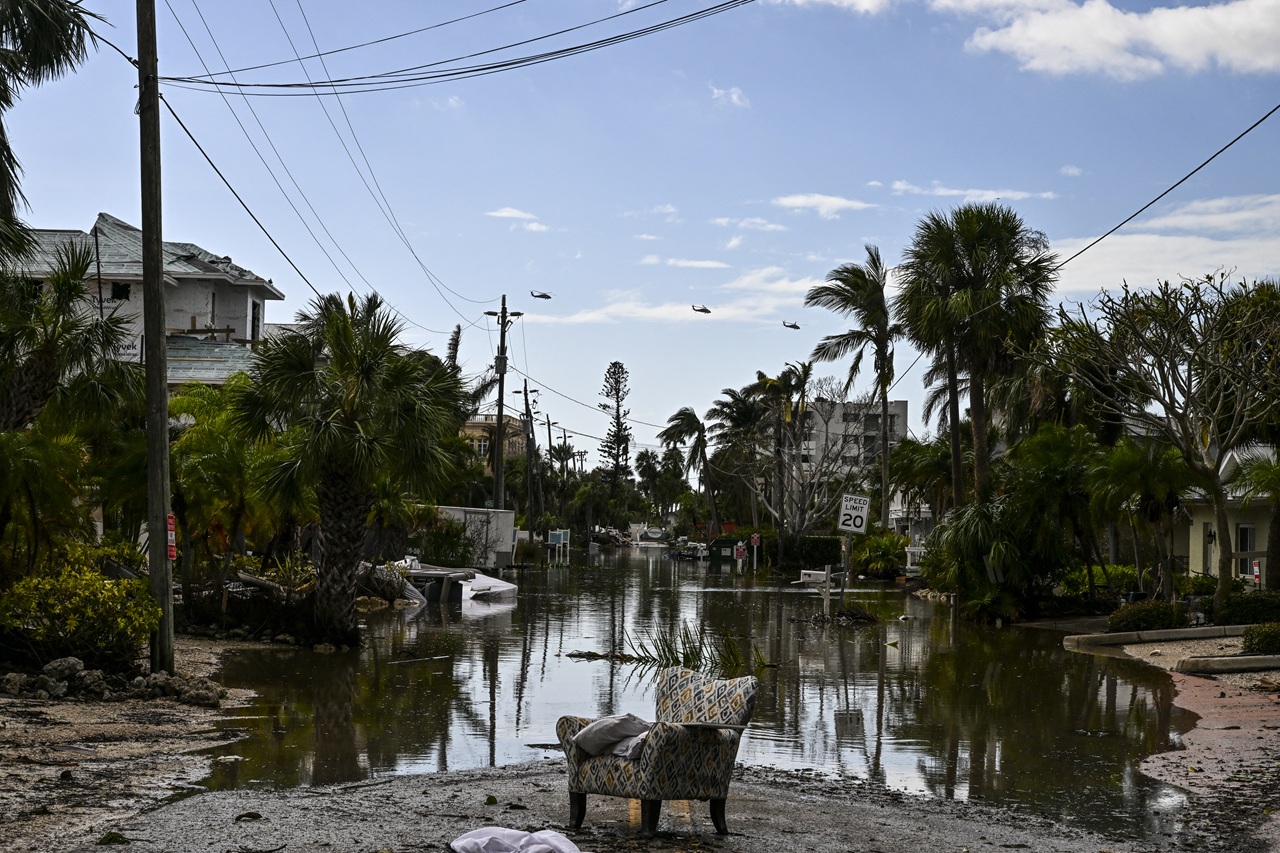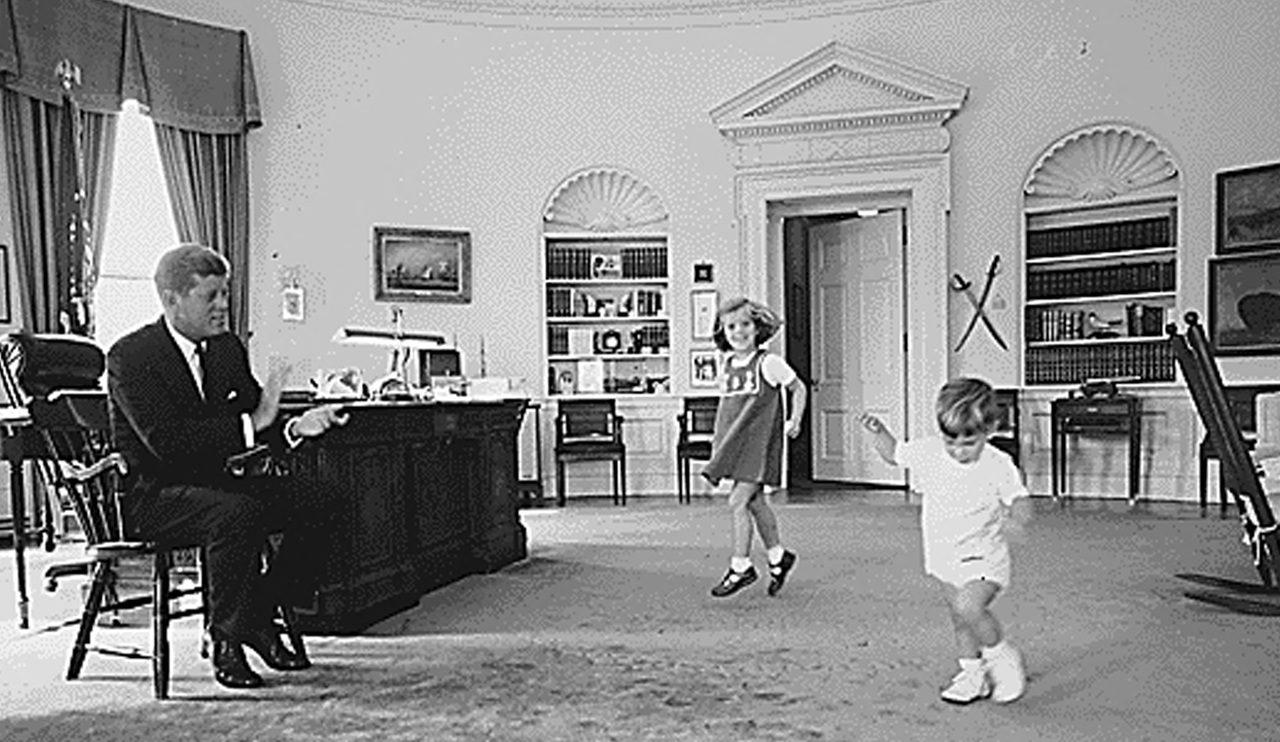
The Open Wound of Guantanamo Now Has the Face of an Immigrant
What are the implications of retaking this military base as a complement to Trump's aggressive anti-immigration policy?
The Guantanamo Base has been a symbol of U.S. security policies for more than a century. Since its establishment in 1903, it has evolved from a strategic enclave in the Caribbean to a globally controversial detention center. The Trump administration has announced that it will use the facility to detain immigrants deemed dangerous.
“We have 30,000 beds in Guantánamo to detain the worst criminal illegal aliens threatening the American people,” Trump said in an official statement. This decision marks a new chapter in the site’s history, which has played a key role in several U.S. conflicts.
Guantánamo was ceded to the United States in 1903 following the Spanish-American War through an agreement with the Cuban government. Its original purpose was to serve as a naval supply station and strategic control point in the Caribbean. However, with the onset of the Cold War, its role shifted, and it became a symbol of the fight against communism.
During the Cuban Revolution of 1959, Fidel Castro’s government rejected the U.S. presence on the island and demanded the return of the territory. The United States maintained the base’s operations, using it as a surveillance and military control point in the region.
After the September 11, 2001 attacks, the base took on a new significance. Under the George W. Bush administration, Guantanamo became a detention center for terrorism suspects captured in Afghanistan and Iraq. According to reports from The New York Times, conditions in the prison led to allegations of human rights violations, making the base a focal point of international criticism.
RELATED CONTENT
The Barack Obama administration attempted to close the detention center but faced resistance in Congress. Instead, the number of detainees was significantly reduced, though the facility was never fully shut down.
Now, The War on Immigration
The base is once again at the center of debate. The Trump administration has decided to use it to detain immigrants considered a threat to national security. According to The Washington Post, this policy aims to prevent the repatriation of individuals accused of serious crimes when their home countries refuse to accept them.
The decision to transfer immigrants to Guantánamo has generated mixed reactions. Advocates of stricter immigration control argue that the measure protects the U.S. population, while human rights organizations have expressed concerns about the legality and detention conditions at the base.
Experts in international law have pointed out that detaining immigrants in Guantánamo could lead to legal issues similar to those faced during the war on terror. The Guardian reports that the lack of a clear legal framework for processing detainees could result in prolonged judicial disputes.
Furthermore, uncertainty over the future of immigrants transferred to the base raises questions about their access to legal representation and due process. Organizations such as the American Civil Liberties Union (ACLU) have warned about the risk of creating a parallel detention system without adequate judicial oversight.
The history of Guantánamo reflects the evolution of U.S. security strategies. From its role in the Cold War to its use in the fight against terrorism and now in immigration policy, the base has been a recurring point of contention. The Trump administration’s new measure reaffirms its intention to tighten immigration policies but also raises legal and humanitarian challenges that could prolong the controversy surrounding the facility.











LEAVE A COMMENT: